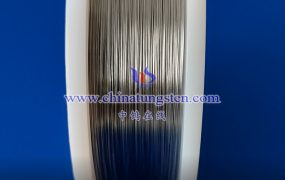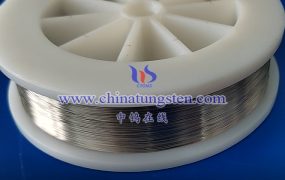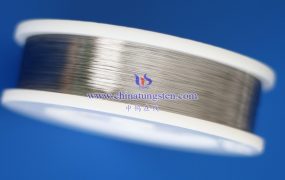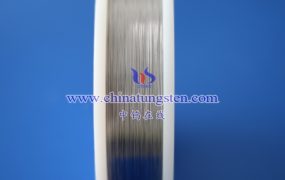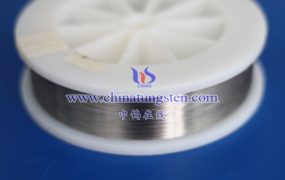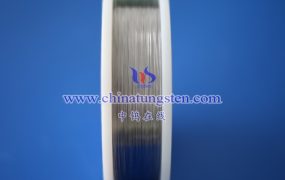Verifying the heat resistance of tungsten wire for textiles weaving gloves usually involves the following steps and test methods to ensure its performance and stability in high temperature environments:
- High-Temperature Tensile Testing
Method:
Sample preparation: Prepare tungsten wire samples into standardized test specifications.
Testing equipment: Use a high-temperature tensile testing machine, which is capable of performing tensile tests in high temperature environments.
Testing steps: Place the sample in a high-temperature furnace and heat it to a predetermined temperature, and then perform a tensile test after the temperature stabilizes. Record the tensile strength and breaking strength at different temperatures.
Data analysis: Compare the breaking strength and elongation at different temperatures to evaluate the heat resistance of tungsten wire at high temperatures.
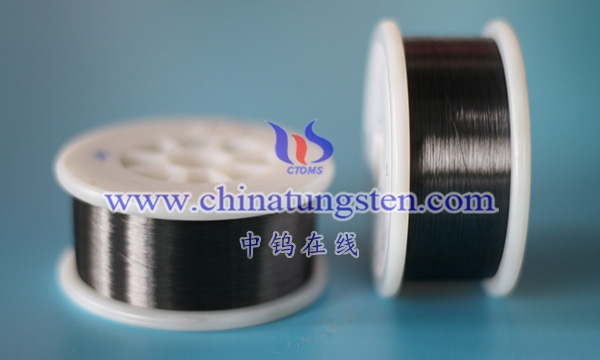
- Thermal Stability Testing
Method:
Sample preparation: Prepare tungsten wire samples to ensure that their surface is smooth and free of contaminants.
Testing equipment: Use a high-temperature furnace or thermal stability testing equipment.
Test steps: Place the sample in a high-temperature furnace, gradually heat it to the specified temperature, and keep it for a period of time. Observe and record the changes of the tungsten wire under high temperature conditions, such as color, shape, surface characteristics, etc.
Data analysis: Evaluate the stability of the tungsten wire under high temperature conditions, including whether oxidation, deformation or strength reduction occurs.
- Oxidation Test
Method:
Sample preparation: Prepare the tungsten wire sample into standard specifications.
Test equipment: High-temperature furnace and oxidation test equipment.
Test steps: Heat the sample to a high temperature in an oxygen atmosphere for a certain period of time to simulate a high-temperature oxidation environment.
Data analysis: Check the degree of oxidation of the sample and evaluate its heat resistance in an oxidizing environment. Measure the mass loss of the sample and the thickness of the surface oxide layer.
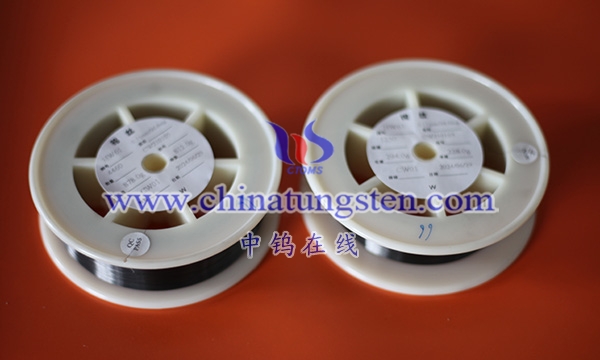
- Thermal Cycling Test
Method:
Sample preparation: The tungsten wire sample should meet the test requirements.
Test equipment: Hot and cold cycle test machine.
Test steps: Cycle the sample between high and low temperatures to simulate the thermal cycling conditions in the actual working environment. Each cycle includes heating and cooling stages.
Data Analysis: Observe whether the sample has performance degradation, breakage or deformation during the thermal cycle to evaluate its thermal stability.
- Thermal Expansion Test
Method:
Sample preparation: Tungsten wire samples should be prepared to standard specifications.
Test equipment: Thermal expansion meter.
Test steps: Heat the sample and measure its dimensional change to determine its thermal expansion coefficient.
Data Analysis: Evaluate the dimensional stability of tungsten wire in high temperature environment through thermal expansion coefficient.
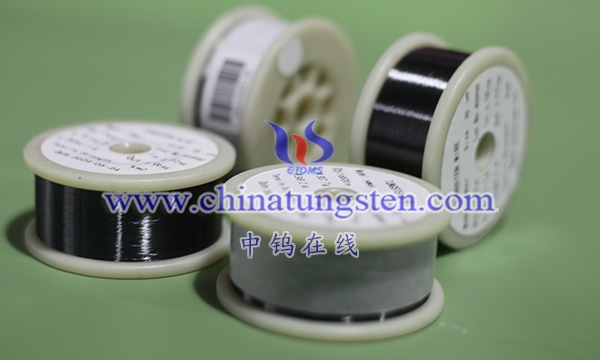
Notes
Environmental control: During the test, ensure that the temperature and atmosphere of the experimental environment are stable to avoid external factors interfering with the test results.
Sample processing: Ensure that the sample is kept clean before and during the test to avoid contamination or pretreatment affecting the results.
Data recording: Record the data and observations of each test in detail for comprehensive analysis and comparison.
More details of tungsten wires, please visit website: http://tungsten.com.cn/tungsten-wires.html
Please contact CHINATUNGSTEN for inquiry and order of tungsten needles:
Email: sales@chinatungsten.com
Tel.: +86 592 5129595
